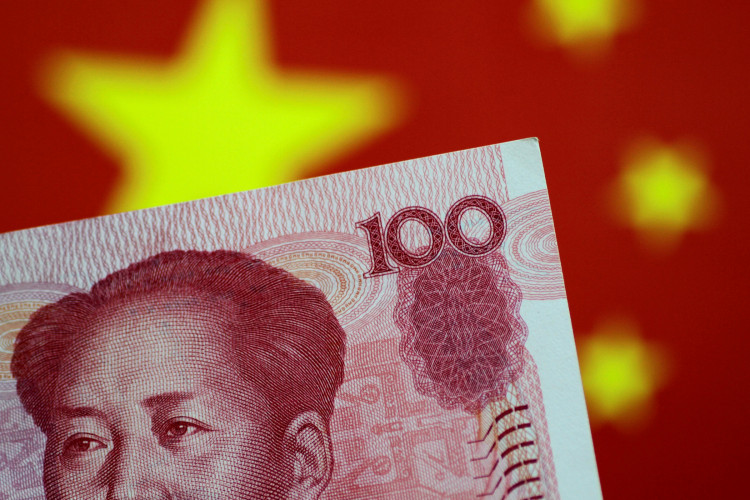China's bond market experienced a significant rally on Monday as the 10-year government bond yield fell below the critical 2% threshold, hitting a 22-year low of 1.9636%. The surge comes amid mounting expectations that Beijing will intensify its monetary stimulus measures to counter a sluggish economy.
Data from LSEG indicated a simultaneous drop in 30-year bond yields to 2.164%. These developments are largely attributed to speculation around potential cuts to the reserve requirement ratio (RRR) for commercial banks and continued support from the People's Bank of China (PBOC).
Tommy Xie, head of Asia macro research at OCBC Bank, noted that the rally was driven by "expectations of a RRR cut, supportive liquidity conditions, and still weak economic fundamentals." Xie also highlighted the impact of recent PBOC actions, including an injection of 800 billion yuan into the banking system through outright reverse repo operations in November, a marked increase from 500 billion yuan in October.
The PBOC stated that the injection was aimed at maintaining "adequate liquidity in the banking system at a reasonable level." Additionally, the central bank reported net purchases of 200 billion yuan in government bonds last month as part of efforts to adjust its monetary policy counter-cyclically.
Economic Challenges Reflected in Yields
The sharp decline in yields underscores concerns about China's economic performance. Edmund Goh, investment director at abrdn, remarked, "Despite some encouraging signs of recovery in China's property market, we didn't see any improvement in domestic economic data in the last few months." He warned that without meaningful fiscal stimulus, China risks slipping into a deflationary state.
Chinese offshore yuan weakened by 0.45% on Monday, trading at 7.2795 per dollar, reflecting cautious sentiment among investors. The continued yield gap between Chinese government bonds and U.S. Treasuries remains stark, with the latter exceeding 4%.
Eugene Hsiao, head of China equity strategy at Macquarie Capital, viewed this as a potential advantage, stating, "Even though Chinese yields are now nearing 2%, the spread with U.S. 10-year yields has actually tightened. This is a net positive for Chinese equity flows."
Monetary Policy and Market Dynamics
PBOC Governor Pan Gongsheng hinted at further easing measures, including a potential 25 to 50 basis-point cut to the RRR and a 20 basis-point reduction in the seven-day reverse repo rate by year-end. The possibility of additional stimulus has kept markets optimistic but wary.
Analysts are also eyeing two pivotal meetings: the Politburo session and the annual Central Economic Work Conference in mid-December. These gatherings are expected to set the economic agenda for 2025 and could result in announcements of new stimulus measures.
Despite the rally, the PBOC has expressed concerns about speculative bubbles in the bond market, cautioning investors against excessive enthusiasm for government bonds while neglecting other asset classes.
Global Trade Tensions and Broader Implications
Adding complexity to the economic landscape are renewed trade tensions with the U.S. President-elect Donald Trump's recent comments about imposing tariffs on BRICS nations have further strained relations. Citigroup economists warned that a 60% universal tariff could be "prohibitive for China-U.S. exports," exacerbating economic challenges.
In another indicator of market expectations, the one-year interest rate swaps fell to 1.53%, the lowest level since mid-2020 during the height of the COVID-19 pandemic.
Market Reactions
Stimulus speculation has buoyed equities alongside bonds. The CSI 300 Index rose by 0.8%, and the Hang Seng China Enterprises Index gained 0.9% on Monday. Zheshang Securities analysts predicted increased bond buying by banks in the coming months, with 10-year yields potentially falling to 1.85% by the Spring Festival in January.
However, the PBOC faces a delicate balancing act. Earlier this year, it intervened to curb a buying frenzy in long-term bonds, citing risks to financial stability. The current rally raises similar concerns as policymakers navigate between supporting growth and maintaining market equilibrium.






